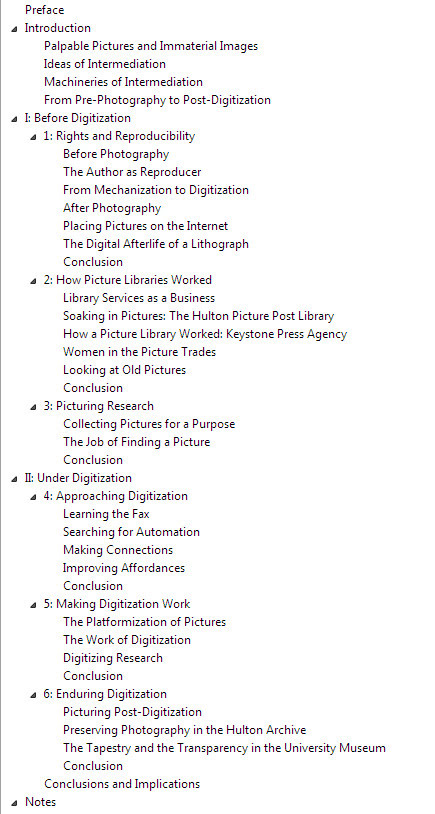A 2023 open-access book details the history of the technologies of the picture for print. Half the book looks at the pre-digital days when there was effectively nothing but print, and no scanners and hard-drives either. The other half looks at the change-over period.
This new digital culture arrived surprisingly late in time for some. In my university department we had around 20 filing cabinets in a ‘slide room’ aka Picture Library, each cabinet stuffed with rack-sliders and hangers containing slide transparencies of fine art and fine-art and some documentary photography. I think the date of change-over was about 2005 (roughly the date of the arrival of fast home broadband in the UK) when we got a new hot and young ‘slide room guy’. In short order we had a consignment of new digital projectors and people started getting their own laptops or mini laptops (the EEEs, which could run Windows XP quite happily and had standard VGA output).
The screen-projected quality on a wall wasn’t as good as slides on a proper slide-screen, and the digital + laptops classroom wrangling of the equipment was often as painful as setting up the slides and a screen. But it was kind of easier, because lecturers had started using Powerpoint rather than the blackboard (yes, our purpose-built department had fine blackboards and we used them) and photocopied handouts. So unless you printed the Powerpoint on acetates for an overhead projector, or on photocopies… and assuming you could find an overhead projector or a photocopier still working… well, you see some of the many ramifying problems.
And all this assumes you could get into what was often a locked room in the early morning, 30 minutes prior, to do all the needed setup, tidy the desks and air the room. An all-in-one digital solution just made things somewhat easier, though the visual quality of the projection was only about two-thirds that of a crisp and well-focused 35mm slide in a darkened room.
I cringe today when (finding pictures to illustrate local creative industries news) I occasionally see contemporary pictures of dedicated ‘art appreciation’ lessons inside middle school classrooms. The projector is often being used in daylight under strip-lights, and the kids are supposed to be ‘experiencing art’ through a really crappy washed-out image. Which I suspect is often also of a picture just ‘grabbed from the Internet’ without realising how colour-shifted and cropped the picture has become. One often has to really hunt to track down the best available and most faithful/largest version of a famous picture, and of course busy teachers don’t have the time or discovery skills for that. Even if they did, the picture would look poor when projected. I guess the ideal is that new-build schools should have their own cinema-like ‘dark room’ for quality projection, linked to online access to a quality-approved picture library.
Anyway, I thought that those readers of Tentaclii who are editors, publishers and artists might be interested in the new free book. Especially those who have lived through the change from print to digital…
from the pre-photographic 1830s to the post-digitized 2010s [the book examines] range of research skills, reproduction machinery, and communication infrastructures needed to make pictures available to a public before digitization.

